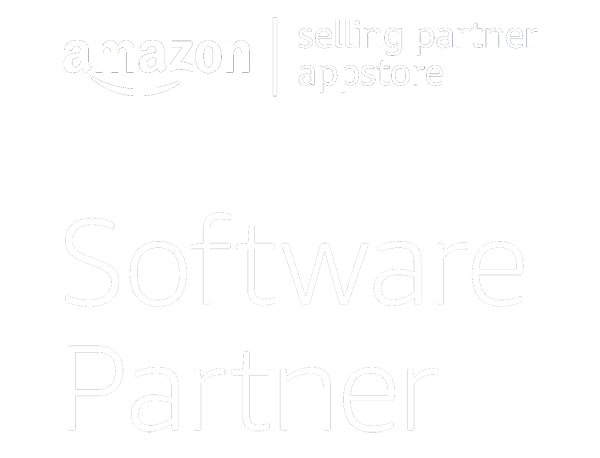Launching a new product is an exhilarating experience for businesses, but it comes with great pressure to ensure its successful introduction to the market. A product launch can be a triumph or a disaster, depending on how well it is executed. With so much to manage, how can you guarantee that your launch runs smoothly? The solution lies in having a comprehensive and strategic checklist for product launches customized for your product’s unique needs and objectives.
Build a Launch Team
If your company is big enough, assemble a team to take on responsibility for planning, executing, and evaluating product launches. Members of this team should belong to different departments like sales, marketing, customer support, and product development. Including cross-functional members in the group helps in coordinating every aspect of the launch with overall business objectives thanks to a variety of perspectives.
Define Your Target Audience
To optimize your chances of success, it’s crucial to identify the group of customers your product intends to serve. This will aid you in personalizing marketing and promotional efforts, resonating with your audience, and achieving positive results. Define your target audience by analyzing demographics, psychographics, and buying behaviors.
Set Your Budget
A successful product launch requires thorough financial planning. To achieve this, it is essential to determine the costs related to various aspects of the launch, such as marketing, promotion, product development, manufacturing, and distribution. This can be achieved by creating a detailed budget outlining all expenses for the product launch. Make sure to include provisions for contingencies and unexpected costs while allocating funds to each expense category.
Set a Timeline for Launches
A clear timeline is essential for a successful product launch. It helps you prioritize and achieve key milestones within the deadline. Make sure to factor in the necessary time for testing, revisions, and any unforeseen obstacles that may occur during the process. By doing so, you can stay on track for your launch plan and ensure every aspect is completed in a timely manner.
Set Goals That Are SMART
To ensure a successful product launch, it’s essential to set SMART goals that are specific, measurable, achievable, relevant, and time-bound. These goals should align with your overall business objectives and serve as benchmarks for evaluating the launch’s success. Examples of SMART goals include, but aren’t limited to, increasing sales by a certain percentage, acquiring a specific number of new customers, or achieving a particular level of market penetration. By establishing these milestones upfront, you can measure progress effectively and optimize your strategies accordingly.
Plan for Internal Promotion
To have a successful product launch, creating excitement and support within your team before promoting externally is essential. Engage employees by organizing informative events and producing appealing content that informs them about the new product. This approach fosters enthusiasm among team members leading to ownership, resulting in better external promotion efforts for the product.
Run Social Ads Before Launch Day
To create a buzz around your product launch:
- Consider utilizing targeted social media advertisements.
- Showcase unique features and benefits of your product to draw the attention of potential customers.
- Encourage interested users to sign up for updates or pre-order options. This approach can help you build an eager and engaged audience, ready to try your products as soon as they become available.
Build Hype with Teasers
Consider releasing teasers beforehand to build excitement and anticipation for your product launch. These can be sneak peeks, behind-the-scenes content, or countdowns that keep your audience engaged and create a sense of mystery around what’s to come.
Announce Your Product with an Unparalleled Launch Campaign
A well-executed launch campaign is vital to make a big splash and boost sales. This can involve various promotional tactics- email marketing, social media promotion, influencer partnerships, and PR efforts. To ensure success, creating a cohesive and targeted plan that aligns with your overall brand messaging is crucial.


